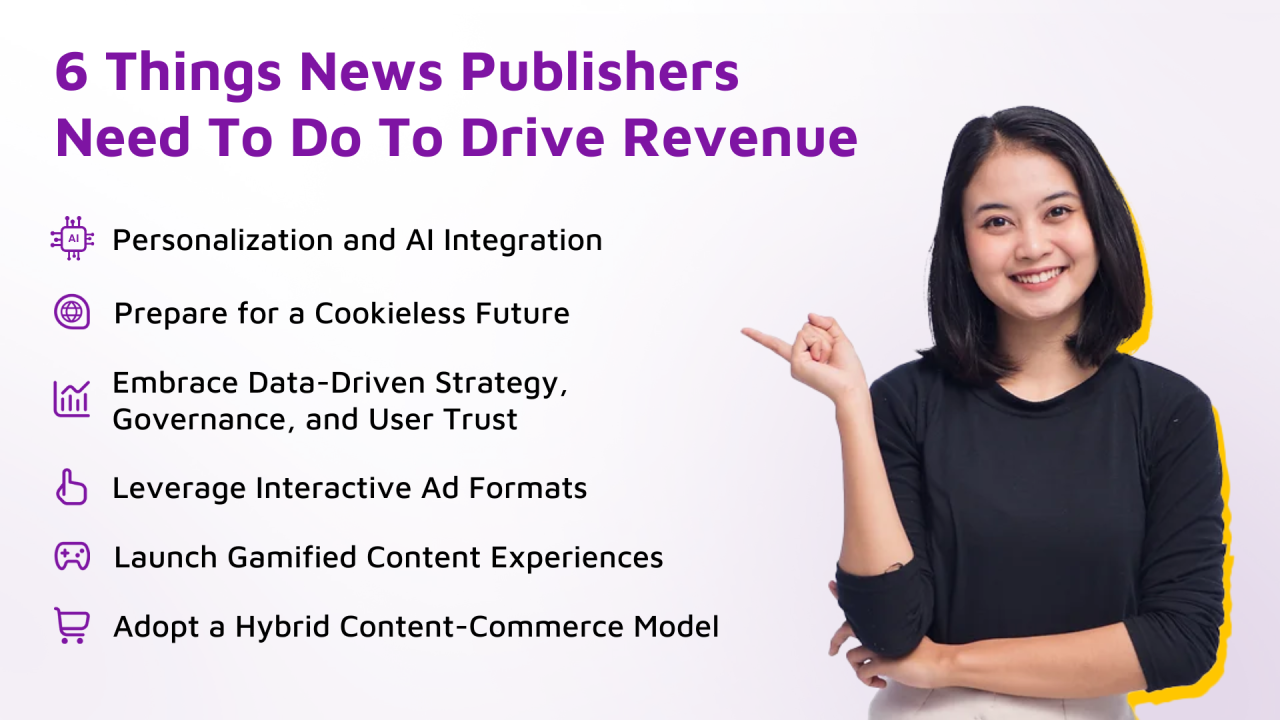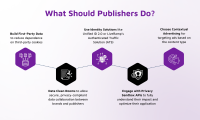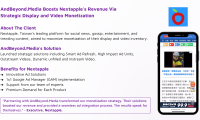Strategic Adaptation: How Media Can Thrive Amid Uncertain Times
The way people consume news online is evolving rapidly.
66% of individuals in South Korea, 65% in Japan, 50% in Taiwan, and 43% in India are now favoring searching on news aggregators. This suggests that users in these countries are more inclined to look for news through social media platforms rather than visiting individual news websites.
We recently discussed the impact of changing consumer behavior with our panelists during PubClub’s webinar. Witnessing how this resonated with everyone on the panel, it made sense to create an actionable guide for publishers to prepare for the future and thrive based on the insights from industry leaders.
What are the key shifts that we are witnessing that impact publishers?
- Shift to Passive Consumption, Fragmentation of Attention, and Reduced Direct Traffic: Users prefer to receive news passively through social media feeds rather than actively searching for it on web browsers. This indicates a reliance on curated content rather than seeking out specific topics or stories. With fewer users actively searching for news and information, publishers face a significant drop in direct website visits, leading to lower page views and potential ad revenue losses.
- Increased Dependency on Social Media Due to Personalization and Convenience: The search engines of social media apps like TikTok, Instagram, or Twitter (now X) offer personalized news feeds, making it more convenient for users to access relevant news. Increased reliance on news obtained from social media means publishers have less control over how their content is presented and monetized.
What do news publishers need to do to stay ahead of the curve?
1. Personalization and AI Integration
- Analyzing first-party data is essential to deliver engaging, personalized content experiences tailored to different platforms.
- By allowing users to select topics and authors of interest, publishers can increase engagement and build stronger connections with their audience.
- Leveraging AI reduces video content production costs and enables the creation of video ads with high recall and purchase intent. This makes video production more accessible for smaller publishers and enhances monetization opportunities.
2. Preparing for a Cookieless Future:
Despite extensive discussion on the depreciation of cookies, many publishers remain underprepared for this shift. It is crucial to develop a robust first-party data layer to better understand and engage audiences. Here’s a 3-point checklist we have developed for publishers to get ready for a cookieless future.
3. Embracing Data-Driven Strategy, Governance, and User Trust
- Establish strong data governance policies and respect privacy regulations to build user trust.
- Ensure collected data is used effectively for monetization while maintaining user trust and compliance with privacy policies. Offering premium ad products that leverage first-party data for precise targeting can command higher ad rates, thus driving increased revenue.
- Use data clean rooms for privacy when matching datasets with partners, and focus on CDPs (Customer Data Platforms) for comprehensive data collection and integration.
4. Leveraging Interactive Ad Formats:
- Look for engaging ad solutions that deliver high revenue while generating high engagement from the users.
- For instance, publishers can incorporate Augmented Reality, Virtual Reality, and 360-degree videos to create interactive, immersive ad experiences that engage users more effectively.
5. Launching Gamified Content Experiences:
- Create gamified content that encourages user interaction and participation. This can include interactive storytelling, challenges, and rewards systems where users earn points or badges for engagement.
- Publishers can integrate rewarded videos where users watch short video ads in exchange for rewards such as in-app currency, discounts, or exclusive content. This not only increases ad completion rates but also enhances user satisfaction by providing tangible benefits.
6. Adopting a Hybrid Content-Commerce Model:
Integrate e-commerce directly into content by featuring shoppable articles and videos where users can purchase items mentioned in the content without leaving the page. Implementing advanced technologies presents challenges, yet they hold immense potential to drive revenue and maintain industry leadership for publishers. Partnering with trusted experts enables the implementation of revenue-first solutions and the development of robust monetization strategies that enhance both revenue and audience engagement.
As consumer behaviors evolve, it’s imperative for publishers to strategically adapt, innovate continuously, and leverage emerging platforms and technologies. Embracing these changes with a forward-thinking approach not only addresses current challenges but also positions publishers to thrive in a dynamic digital landscape.




Leave a Reply